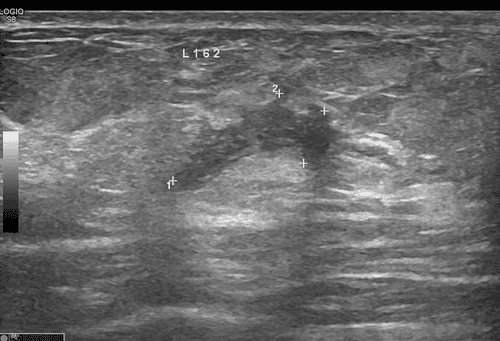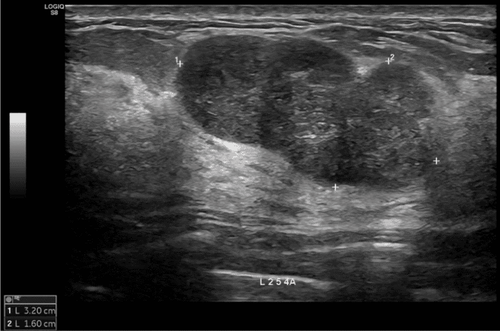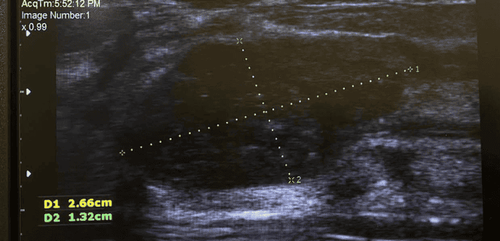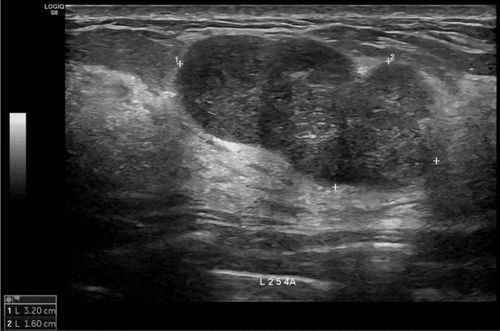Mai V. Nguyen 1* , Mo T. Tran 1* , Chi TDu Tran 1 , Quang H. Tran 1 , Van Thuy TT 1 ,
Lam N. Phung 1 , Huyen X. Vu 1 , Linh C. Le 1,2 , Paolo Boffetta 3¶ , Hung N. Luu 4,5,6¶
1 Vietnam Colorectal Cancer and Research Program, Vinmec Healthcare System, Hanoi, Vietnam; 2 VinUniversity Project - Health Sciences, Hanoi, Vietnam; 3 Tisch Cancer Institute, Icahn School of Medicine, Mount Sinai School of Medicine, New York, NY; 4 Division of Epidemiology, Department of Medicine, Vanderbilt Epidemiology Center, Vanderbilt-Ingram Comprehensive Cancer Center, Vanderbilt University School of Medicine, Nashville, TN, USA; 5 Department of Epidemiology, University of Pittsburgh Graduate School of Public Health, Pittsburgh, PA, USA; 6 Division of Cancer Control and Population Sciences, University of Pittsburgh Medical Center-Hillman Cancer Center, Pittsburgh, PA, USA
* First author
¶ Senior author
Background: With the improvements of early diagnostics, the incidence of childhood brain tumors (CBT) has increased worldwide. We conducted a systematic review and meta-analysis to clarify the association between birth order and CBT.
Methods: We followed established guidelines to systematically search Ovid Medline, PubMed, and the Cochrane Library for English language studies, published before March 2018. Quality assessment was performed using the Newcastle–Ottawa Scale. Meta-analysis provided pooled risk estimates and their 95% confidence intervals (CIs) for birth order and CBT.
Results: We identified 16 case–control studies with a total sample of 32 439 cases and 166 144 controls and three prospective cohort studies (i.e. 4515 incident cases of CBTs among 5 281 558 participants). Compared with first birth order, the meta-odds ratio for second birth order in case–control studies was 1.04 (95% CI: 1.01–1.07), that for third birth order was 0.98 (95% CI: 0.90–1.06), and that for fourth order was 0.85 (95% CI: 0.78–0.92). The meta-hazard ratio for second or higher birth order compared with first birth order in cohort studies was 1.00 (95% CI: 0.96–1.05).
Conclusion: We found no association between birth order and CBT in both case–control and cohort study designs; the small association observed for fourth birth order deserves further consideration.
To arrange an appointment, please call HOTLINE or make your reservation directly HERE. You may also download the MyVinmec app to schedule appointments faster and manage your reservations more conveniently.








